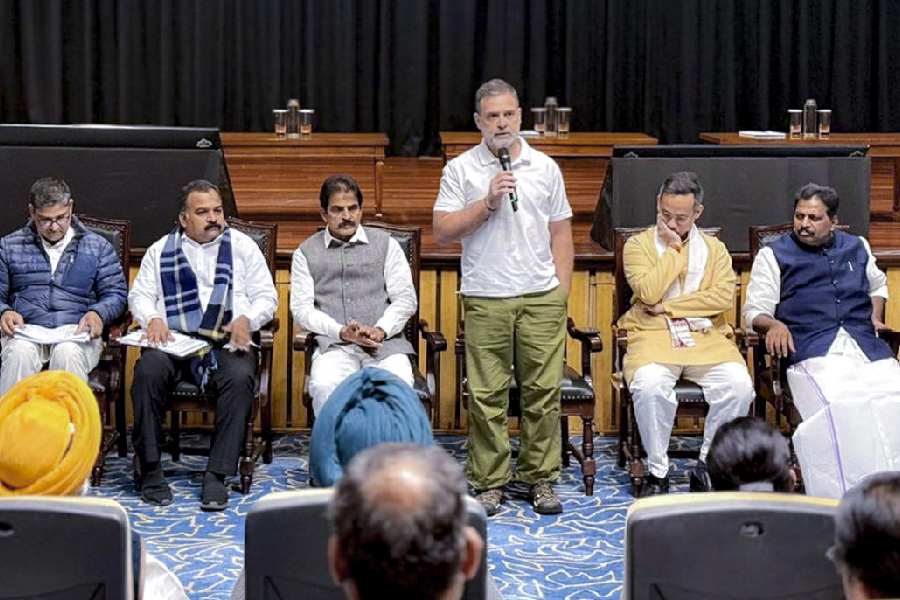India may have to give up its equalisation levy or the so-called ‘Google Tax’ as part of the global tax deal that 136 nations agreed on Friday.
It will also have to make a commitment that it will not introduce such measures in the future once the global minimum tax deal comes through.
As part of the two-pillar multilateral solution to the problem of adroit tax avoidance by the Big Boys of technology, countries like India will be conferred the right to tax digital players like Microsoft, Google, Facebook, and Netflix and set a ‘global minimum corporation tax’ of 15 per cent.
The global tax deal is propped up by two pillars. Pillar One provides for the reallocation of the additional share of profit to the market jurisdictions, while Pillar Two consists of minimum tax and is subject to tax rules.
Multinational enterprises (MNE) with global sales above 20 billion euros and profitability above 10 per cent will be covered by the new rules. Under the special purpose nexus rule, 25 per cent of the profit above the 10 per cent threshold will be reallocated to market jurisdictions. Analysts said this was higher than the 20 per cent allocation in the July plan.
Taxing rights on more than $125 billion of MNE profits are expected to be reallocated to market jurisdictions each year.
Under Pillar Two, a global minimum corporate tax rate has been set at 15 per cent which is in contrast with the July Plan that provided for “at least 15 per cent”. This new minimum tax rate will apply to companies with revenues above 750 million euros. This is estimated to generate around $150 billion in additional global tax revenues annually.
Sumit Singhania, partner, Deloitte India, said: “Consensus on the global minimum tax will make tax competition amongst nations rather unfeasible by narrowing down any such opportunities to the rarest circumstances.”
Nangia Andersen Partner Sandeep Jhunjhunwala said: “The OECD has asked for an immediate and upfront withdrawal of unilateral digital services tax.”
Gouri Puri, partner at Shardul Amarchand Mangaldas, said a consensus on the two-pillar solution is the key to securing a more certain and stable tax regime.
“While the fine print is awaited, India is balancing its interests both as an importer and an exporter of capital, goods and services. The deal will prevent a race to the bottom amongst countries," Puri added.
The agreement will now be placed before the G20 Finance Ministers meet on October 13 and then to the G20 Leaders Summit at the end of the month. “Countries are aiming to sign a multilateral convention during 2022, with effective implementation in 2023,” said the OECD.










